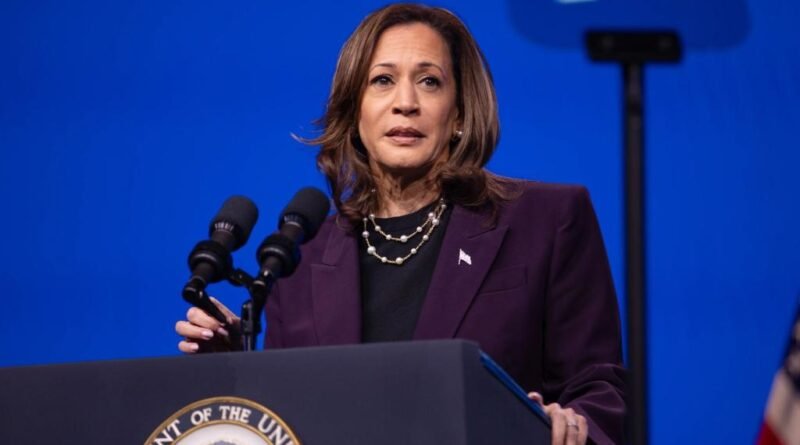Kamala Harris proposes $1.7 trillion spending plan with ambitious fiscal policy goals

Kamala Harris took a few brief minutes on the campaign trail to answer a couple of questions from reporters and showcase her policy expertise.
When asked how she plans to fund her ambitious spending proposals, the vice president explained that she would rely on indispensable fiscal tools — pixie dust and magical thinking.
The child tax credit expansion, with a cost of $1.2 trillion? According to Harris, “the return on that investment, in terms of what that will do and what it will pay for, will be tremendous.”
Tax credits in general, including a $150 billion increase in the Earned Income Tax Credit? “We know that there’s a great return on investment.”
Subsidies for home ownership, totaling $200 billion? “When we increase home ownership in America, what that means in terms of increasing the tax base, not to mention your property tax base, and what that does to fund schools. Again, return on investment.”
Overall, the vice president expressed, “I think it’s a mistake for any person who discusses public policy to not carefully assess how you measure the return on investment.”
Because, she continued, “when you were strengthening neighborhoods, strengthening communities, and in particular the economy of those communities and investing in a broad-based economy, everybody benefits and it pays for itself in that way.”
It appears that someone mentioned “return on investment” to her in a policy briefing at some point, and the phrase stayed with her. Now, Harris seems to believe she’s the Warren Buffett of deficit spending.
The concept of investment is usually not applicable in the context of government spending.
In the private sector, if someone takes the risk of investing in a business or product and it fails, he or she bears the consequences. This ensures a level of accountability and rigor that is absent in government.
There’s a reason why the Department of Health and Human Services is never mistaken for Apple Inc.
However, there are instances where certain projects do yield real returns.
For example, the Erie Canal helped make New York the most commercially vibrant city in the country, opened up the West for settlement, and significantly reduced transportation costs. It was indeed a great investment.
Similarly, spending $330 billion during World War II to defeat the Axis powers and establish the United States as the world’s leading power was a worthwhile investment by any measure.
Yet, these are exceptions.
There has been extensive so-called investment by the federal government in general and the Biden administration in particular, to the point where it’s surprising that the budget hasn’t balanced itself by now.
Instead, the annual deficit is nearly $2 trillion, and the debt stands at $34 trillion.
Where’s the return? There may be some, but it is overshadowed by the flood of spending on countless priorities, from the Administration for Children and Families to the Wireless Telecommunications Bureau.
Harris is proposing to add another $1.7 trillion in deficit spending.
Most of it will likely not yield any return: Government intervention often has the opposite of its intended effect by inflating prices. This is why healthcare, higher education, and housing have become so expensive.
Nevertheless, the response from figures like Kamala Harris is continually more intervention.
Part of her program involves more subsidies “to help Americans afford health insurance on the Affordable Care Act marketplace,” which raises the question of what the ACA itself was designed to achieve.
Therefore, the Harris spending program will not self-finance any more than the Biden program did, or the Trump, Obama, or Bush programs before it.
Magical realism — or magical unrealism — when it comes to budgeting is deeply ingrained in Washington, transcending partisan lines.
This is why we’ve seen plenty of “investing” with minimal returns, other than a growing debt and empty promises regarding future fiscal responsibility.
Just like any con artist working in a shady operation, Harris is counting on finding individuals gullible enough to believe the unbelievable.
Twitter: @RichLowry




